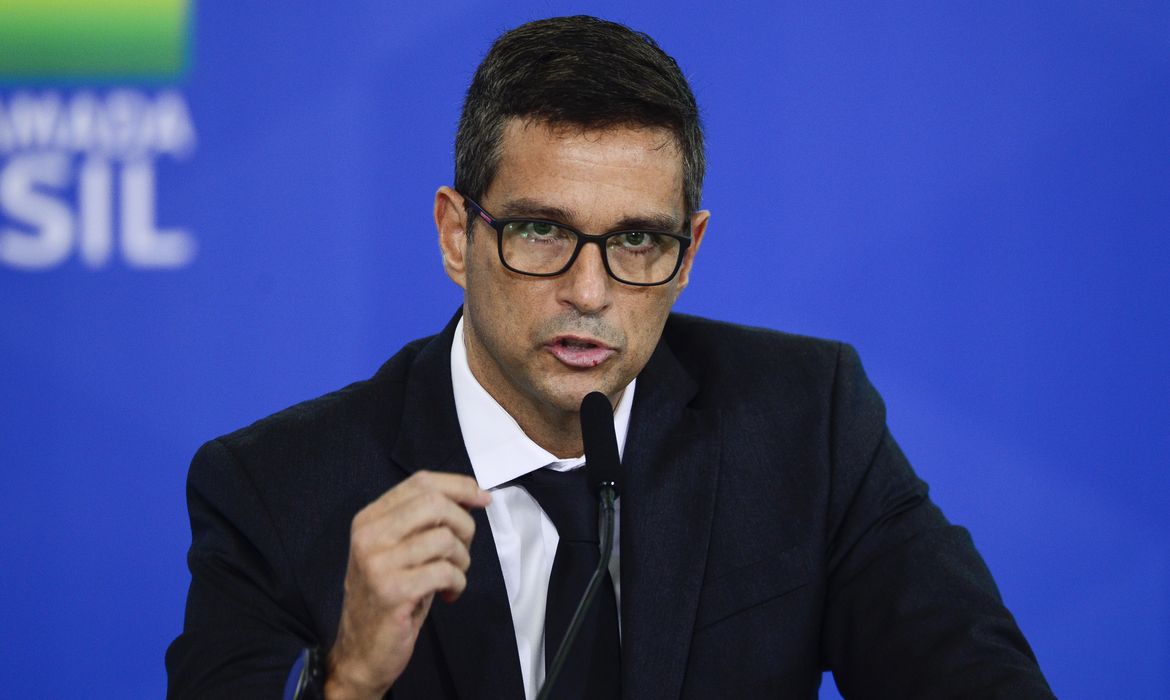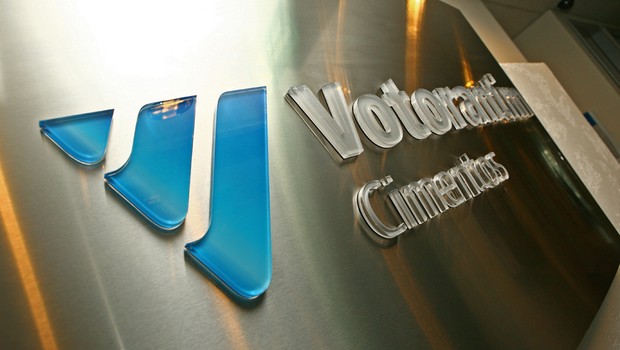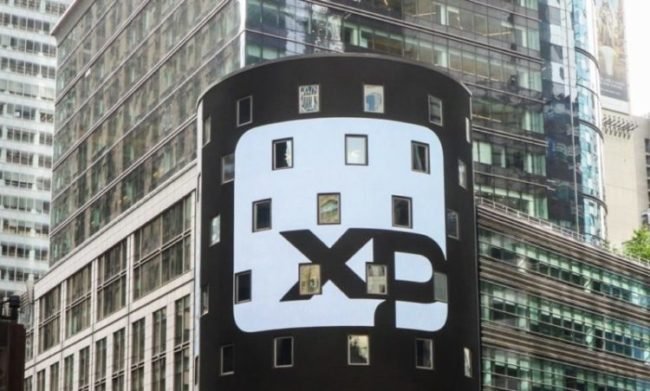At least four renewable power companies are for sale in Brazil, attracting the interest of groups and asset management companies, including from overseas. The two main assets — Ibitu and Rio Energy — are valued at R$12 billion, according to sources. Other businesses on the block are Renova Energia, which divested projects in 2021 and may sell others in the judicial recovery plan, and EDP Renováveis, with an open strategy of asset rotation.
With the increased global demand for clean energy, renewable companies in Brazil have become the target of interest from international investors. A survey by Itaú BBA, conducted at Valor’s request, shows that 22 deals were closed in the sector last year, with a business value of R$16 billion. For this year, the estimate is to reach R$20 billion.
Part of the recent investments made in the sector came from private equity funds (which buy stakes in companies) that now want to get out of the business. “Project development groups sell assets to recycle capital to invest in other projects,” said Gustavo Miranda, head of investment banking at Santander.
Put up for sale in the middle of last year, Ibitu, controlled by the American asset manager Castlelake, has wind and hydroelectric assets in Ceará, Rio Grande do Norte, Piauí, Santa Catarina, Mato Grosso and Minas Gerais — with more than 877 megawatts (MW) of installed capacity.
The renewable power company originated from the assets of Queiroz Galvão Energia, when the group went into financial crisis amid the now questioned anti-corruption task force Car Wash and put subsidiaries under judicial reorganization. The American private equity fund Castlelake bought the power subsidiary’s debt and took over the business.
With multibillion expansion plans for the business, Castlelake began to be harassed by funds and hired BTG Pactual and Credit Suisse to find an interested party for its assets, valued between $900 million and $1 billion.
Another target is Rio Energy. After giving up on making an IPO last year, the company controlled by U.S.-based private equity firm Denham Capital hired Bank of America (BofA) and Itaú BBA to sell its business, sources familiar with the matter say.
Rio Energy has three operational wind farms totaling nearly 485 MW in installed capacity in Bahia and Ceará, besides two wind farms in Bahia and one in Ceará expected to start in 2022. This is not the first time the company has negotiated the sale of its business. After dropping out of the IPO, the company is once again looking for a buyer. The assets are valued at around R$6 billion.
Another company that may sell assets in 2022 is Renova Energia. In judicial reorganization since 2020, the company sold Brasil PCH for R$1.1 billion and its stake in the Serra da Prata Hydroelectric Complex to settle part of its debt in the market. The power generating company still has a debt of around R$2 billion and is expected to continue divesting assets.
The Alto Sertão III wind farm, in Bahia, will remain with the company. However, the company still has 16 projects in development with leasing contracts, and 12 of these areas already have a previous environmental permit for the development of wind farms, which makes these areas eligible. The areas are located in Bahia, Paraíba, Pernambuco and Piauí, and have a generation potential of around 3.62 GW. The company is studying which one will be sold.
One of the main countries drawing investments in this segment, Brazil is on the radar of investors, since it has natural resources, lower costs and stable regulation. Furthermore, excluding the Unite States and Europe, funds from around the world do not find large platforms for investments in this sector.
“Brazil combines a large market and regulatory stability for renewable power generation,” said Alexandre Viana, a partner and head of consulting at Thymos. A practical example of this is that Brazil is once again on EDP’s radar. Last year, EDP Brasil acquired 100% of AES Inova and made partnerships in the viability of large-scale solar plants. CEO João Marques da Cruz often says that the company’s strategy involves the sale of operational assets to finance new investments.
The generation arm, EDP Renováveis, has Brazil in its 2021-2025 horizon. With global installed capacity of more than 12.6 GW, the goal is to reach 20 GW of capacity by 2025. The devaluation of the Brazilian currency is another point that made the assets cheaper and may draw the attention of international players. The already weakened real can fall even more and some analysts say the foreign exchange rate may reach R$6 to the dollar this quarter. The company put up for sale a hydroelectric plant in Espírito Santo and two others in Amapá. Pipeline, Valor’s business website, first reported last year that the assets of EDP, Ibitu and Rio Energy were put up for sale.
Consultants heard by Valor believe that wind and solar will remain as leaders of this business in 2022, because these sources are the pillar of growth in terms of profitability, scale and consolidated industry.
In addition, the ESG agenda linked to these sources and the learning curve that has cheapened the price of megawatt-hours has drawn the attention of players who want to diversify their operations, from companies seeking long-term risk management to oil companies.
The privatization drive has not progressed as the government says it wanted, but the Brazilian Development Bank (BNDES) announced that the stock offering of the state-owned company will be launched in mid-March. After that, the federal government will no longer hold 72.33% of the voting capital and will be diluted in the total capital of the company. The expectation is that the government’s stake will fall to 45% and that it will no longer be the majority shareholder in the power company. That situation would likely draw investors, from individuals to corporations.
Mr. Viana, with Thymos, added that the opening of the free energy market, a segment in which companies with high energy demand can negotiate directly with generation companies and traders, will probably drive mergers and acquisitions in Brazil. The BNDES and the Banco do Nordeste (BNB), major players that finance expansion projects in the electricity sector, want to develop projects in the free market and in renewable power.
Other operations have been going on since 2021 and are likely to materialize this year. One is the merger between the energy assets of Votorantim Energia and the Canadian pension fund CPPI, which is expected to create one of the largest energy groups, Nova VTRM, valued at R$15 billion and owner of a number of renewable generation assets and control of Cesp. The company received an investment of R$1.5 billion from CPPI for expansion that can be done in greenfield and acquisitions.
Denham Capital, EDP Renováveis, Ibitu, Renova and Rio Energy declined to comment. Castlelake did not immediately reply to a request for comment.
Source: Valor international
https://valorinternational.globo.com/






/i.s3.glbimg.com/v1/AUTH_37554604729d4b2f9f3eb9ad8a691345/internal_photos/bs/2021/k/O/wIsw6wRSuaodpsiOVAUQ/220219santos074.jpg)





